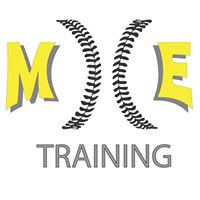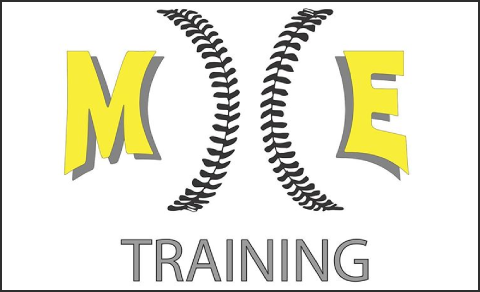By Anthony Iapoce (Chicago Cubs Hitting Coach)
(Editor’s Note: Anthony was previously the hitting coach for the Texas Rangers, and was recently hired by the Chicago Cubs for the same role. This article was originally published in October 2017. The following words are his own.)
There are three phases that take place for the hitter to prepare themselves before they are able to lay out their ‘A’ swing on the pitch they are hunting. From the time players walk into the stadium, they are ready for their daily routine to be ready for the game that day.

Three Phases of At Bat:
- Pregame and Accountability
- In-Game and Attitude
- In Box and Confidence
Pregame and Accountability is the foundation of any hitter’s success. The best hitters are the most accountable. They are the best at preparing for their craft. When players get to the field, the field thing they want to know is who’s pitching. This starts to get the hitter’s mindset going about what type of approach the pitcher will have that game.

Questions such as; what’s his velocity? Can he command his fastball? What’s his out pitch? Can he command the off speed? Does he pitch in? Once the hitters gets the info he is ready to go to the cage. From here, the player will start his daily routine. Whether it is tee work, front or side flips, machine or short pitch BP. This routine is developed through the course of the season. Now the player is ready for BP. Some players will take the thought of who they are facing into their practice and some have their BP rounds the same each day. Now the player is ready for the game. The mental part of the game takes over before the game starts. The player is now prepared, which will make him confident for the game.

In Game and Attitude is when the player is in the moment. He is conversing with his teammates trying to figure out what type of movement the pitcher has on the ball that game. Dugout talk about the opposition is constant during the game. As the hitter gathers his thoughts before he heads to the on deck circle, he will grab his bat, his gloves and helmet and will wait “in the hole” (in the dugout usually by the entrance way). This is where the hitter starts to be alone with his thoughts thinking about what situation might happen but also starting to lock it in. As the hitters makes his way on deck, his thoughts will become simplified. Most hitters have some type of on-deck routine to keep the mind calm and focused on the task ahead. As the hitter watches the play in front, he starts his walk to the plate. Head up and confident, the player heads to the plate.
In Box and Confidence is the last phase in which all the preparation done throughout the day will take over. Each hitter has a routine in the box. This helps players deal with situations that may or may not go their way. It’s something that keep them in the moment and even keel. The mindset of the best is that every pitch matters. It’s not wasted at bats over the course of the season; it is wasted pitches within the at bat. The battle is pitch-to-pitch. Win every pitch. The hitter is confident and ready to grind out every pitch. The hitter must understand the situation that lies ahead so their thought process is on execution and not failure. Self-talk is vital and must be positive as the hitter is telling himself what to do; no fear. Most players fail at the plate, not because of their swing but because they do not trust their plan or approach. Complete trust comes from all of the work the player has put in to be successful throughout the day. Once the player is all-in and trusts his approach, he can breathe, relax and respond to any situation.














